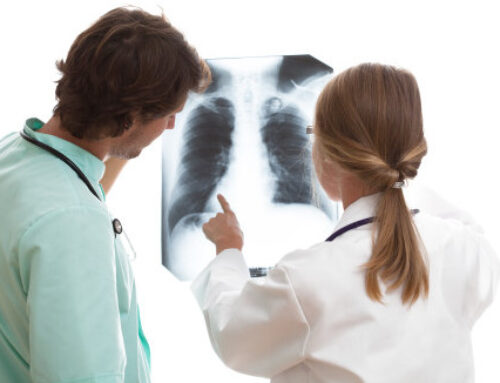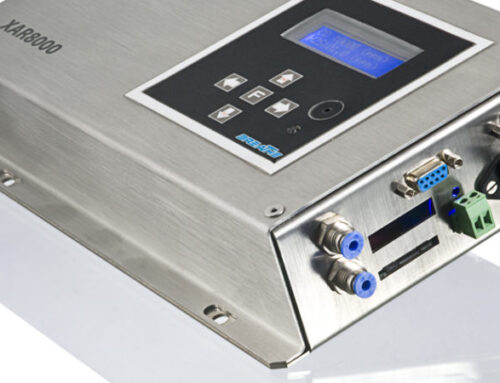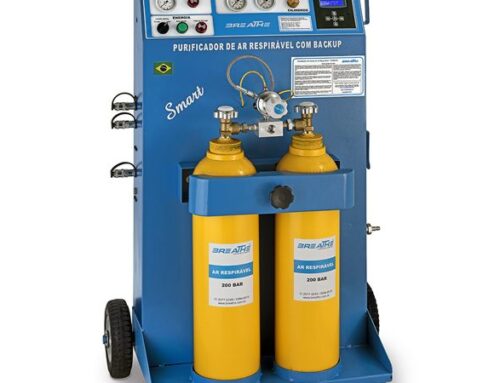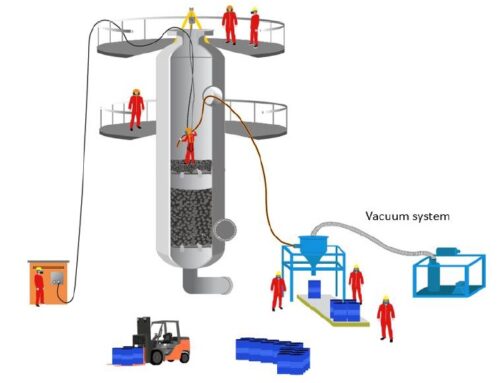Occupational risks auto industry
Occupational risks auto industry – confined space, paints, solvents and blasting. In the production lines of an automobile industry, painting tasks are continuous and therefore they need to be carried out safely, comfortably and without affecting production performance.
In these situations it is essential that the compressed air source (compressor, air dryer and filters) and the breathing air system are reliable and comply with the criteria required by the standards. Companies must follow international air quality norms and standards so that the activity does not compromise the health of the worker. In Brazil, NBR12543: 1999 Respiratory protection equipment – terminology is the standard that presents the technical parameters of air quality, CO, CO2 limit, oil mist (hydrocarbons), dew point and odor in air sources. It is through NBR 12543 and ANSI Z86.1-1989/CGA G7.1 that occupational safety requirements are established when a breathing air system is planned.
Line painting and refinishing works in the automotive industry
The gradual replacement of solvent-based paints with water-based paints in the automotive industry provided a better quality of life for painters and operators involved in industrial painting, in addition to reducing impacts environmental issues. On the other hand, the robotization of automotive lines has helped the industry to have better and better occupational hygiene indicators, avoiding workers’ contact directly with this type of risk. Anyway, some applications still need a painter or operators directly involved with the painting tasks (touch-up, rework, refill of the paint lines, maintenance of the robotic systems) and in these cases the use of a mandated air line is mandatory – air line respirators.
The source of compressed air used in breathing air systems
In general, the automotive industry uses its own compressed air to supply the demand for this utility together with a set of filters to remove particulate solid material, oil mists and toxic vapors that can be in the air.
Even with the advancement of water-based paints, the painting of some parts can only be done with the use of solvent-based paint and because of this occupational risk the use of mandated air – air line respirators is necessary through a system that guarantees the quality of the inhaled air.
When the source of compressed air comes from the industrial network itself, the breathing air system must be composed of at least 3 filters:
* HEPA particulate removal filter (capable of removing up to 99.97% of particles with a size of 0.3µmor larger);
* Condensate removal filter (when there is no air dryer that meets the dew point required by the standard);
* Activated carbon filter to remove oil mist, smell and residual;
Works in confined space in the automobile industry
Definition of confined space according to NR33: “any atmosphere not designed for continuous human occupation, which has limited means of entry and exit, without adequate ventilation or renewal of the air, with an atmosphere depleted or enriched with oxygen” .
In the automobile industry, these types of jobs may exist in different situations. Sometimes an autonomous set is used for quick tasks and without major complications and other times these jobs can be extended and require a few hours within the confined space. In those applications where the autonomous assembly may not be sufficient to supply the demand or there may be an IDLH atmosphere or formation of gases and vapors, the breathing air systems can be a reliable and robust outlet (provided that a backup system or an exhaust system is used) . For this type of work, XPAR1000 can be a low-cost solution with powerful dataloggingand alarm event recording features relevant to the safety of workers. In addition to having an efficient breathing air purifier, it also has the XAR8000 multigase.
Shot blasting work – Blasting in the automotive industry
Another common operation in production lines is the use of blasting parts in the treatment and recovery of surfaces before painting. Very common in the maintenance and surface treatment sectors, the blasting operation has its particularities and needs special PPE with a compressed air source treated by a breathable air system. Thestandard NBR that takes care of blasting operations is the NBR 14750 Hooded compressed air line respirator, for use in blasting operations.










